Howdy, Stranger!
It looks like you're new here. If you want to get involved, click one of these buttons!
Categories
- 983 All Categories
- 3 Picture Posting and Resizing
- 57 New Member Introductions
- 119 Off-Topic Forum
- 4 Photography
- 2 Resources
- 17 New Product Information
- 168 The SierraWest Forum
- 10 Brett's Blog
- 119 General News & Ramblings
- 3 Re-Release Information
- 6 Q & A about SierraWest
- 9 What Would You Like to See?
- 402 Builds
- 143 HO Scale Builds
- 177 O Scale Builds
- 62 Finished SW Build Pics
- 15 Miscellaneous Builds
- 193 Techniques
- 19 Working with Wood
- 22 Painting Castings
- 5 Masonry
- 23 Scenery
- 37 Tools and Supplies
- 21 Layout Planning & Building
- 40 Miscellaneous
- 24 Prototype Information
- 22 Reference and Research
Some Thoughts on Paint Colors of Early Machinery in America.
Being a professional artist, and an entirely self-taught artist, I put some effort into researching paint. So I know a bit about artist's paint. Today I began researching paint on early automobiles, tractors, and machinery. Not much on the last, but I figure there is a major correlative between the three.
Two cool bits of trivia: Henry Ford had no obsession with black paint, it was simply the only practical cost-effective paint at that time, but by 1925 he could've opened his mind to brighter color, if people wanted to pay for it. This color chart from 1925 gives us an idea. Before 1925, and the discoveries of new car paint, these colors would've been very expensive and they would've yellowed and faded. Thus deep reds and yellows made sense, since the discoloration would not ruin the appearance of the body. The chart:
[The chart insists on appearing below last]
The other cool bit of trivia is early metallic paint was made from fish scales. It took sometimes 40k fish to paint one car. Very expensive, very beautiful, not very permanent. In 1951 my father (Marshall S. Green) ordered a 356 Porsche directly from Ferry Porsche in Stuttgart. His color: Fish Silver Grey! But my dad wouldn't call it that because he didn't like the word fish in there. Funny! I doubt he knew why it was called that. He called it: "Silver Blue Graw." This from memory since my father died in 1982.
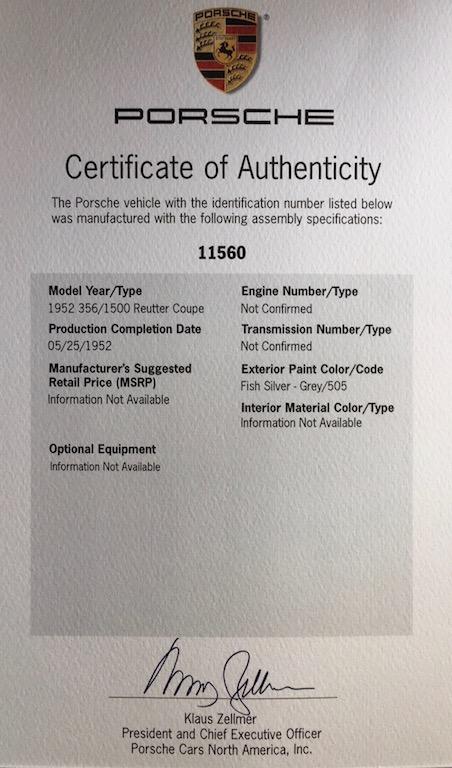
So, I think some of this information might lead to knowing which colors we might try on the AMAZING machinery castings from Brett. Here are some visual possibilities for ideas, although I'm not sure of the era validity of any of them. PLEASE chime in and help out. I can tell I might have to build saw mill machines without a saw mill. I've already ordered some of the steam engine models. I blame Karl A. 100% as a demonic enabler! Do not put out rare single-malts in front of a Scotsman alcoholic. HE WILL DRINK THEM ALL!
Cheers, lads.
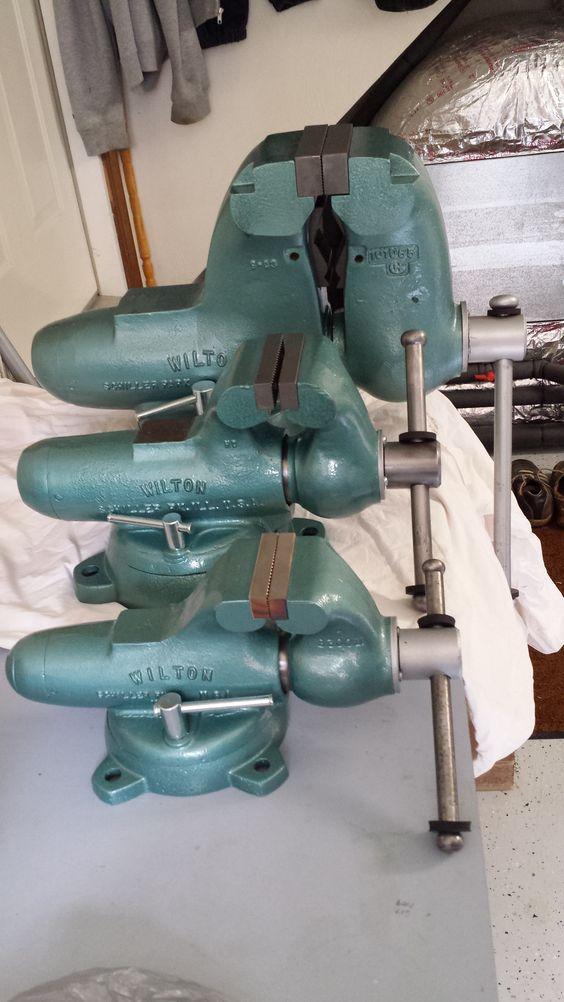
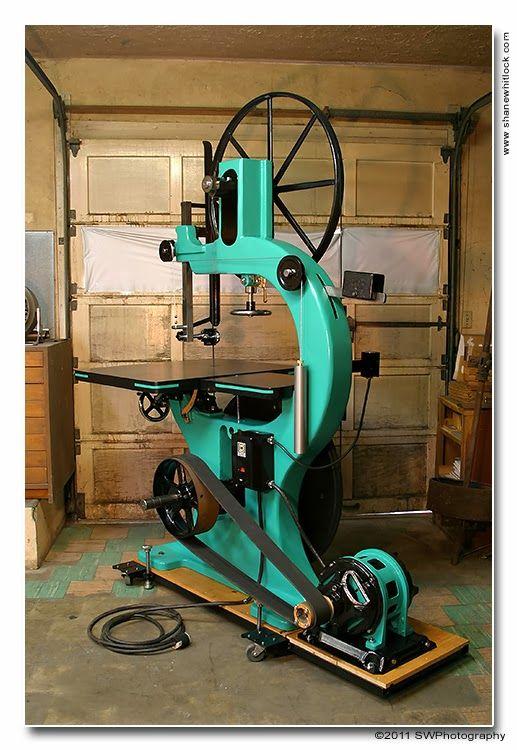
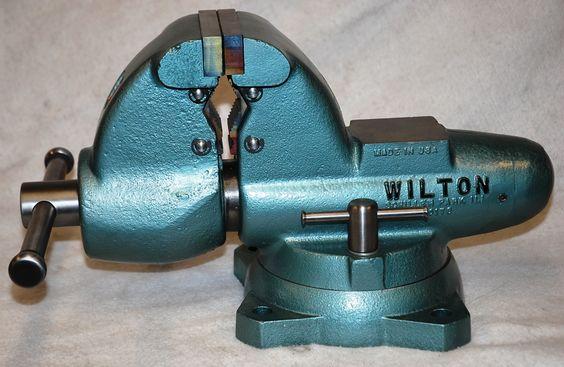
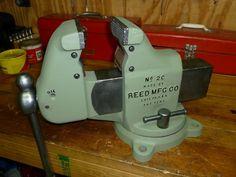
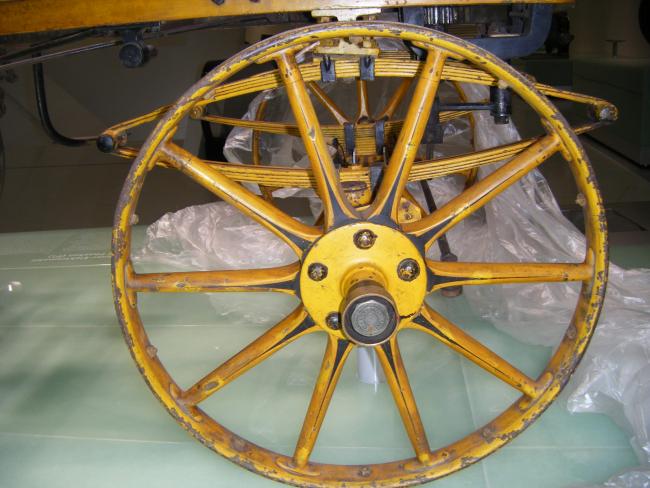
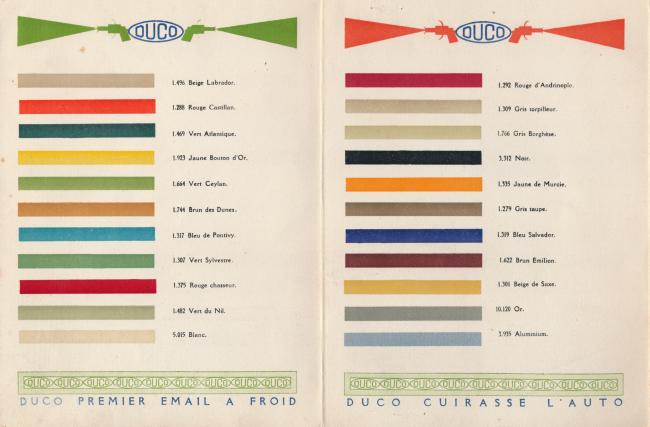
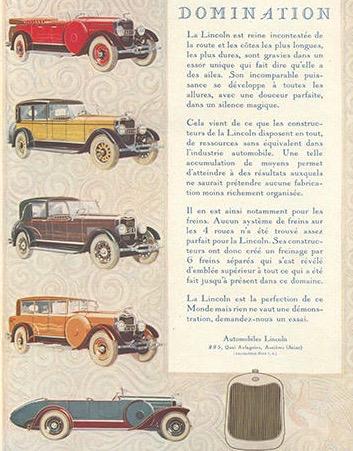
Two cool bits of trivia: Henry Ford had no obsession with black paint, it was simply the only practical cost-effective paint at that time, but by 1925 he could've opened his mind to brighter color, if people wanted to pay for it. This color chart from 1925 gives us an idea. Before 1925, and the discoveries of new car paint, these colors would've been very expensive and they would've yellowed and faded. Thus deep reds and yellows made sense, since the discoloration would not ruin the appearance of the body. The chart:
[The chart insists on appearing below last]
The other cool bit of trivia is early metallic paint was made from fish scales. It took sometimes 40k fish to paint one car. Very expensive, very beautiful, not very permanent. In 1951 my father (Marshall S. Green) ordered a 356 Porsche directly from Ferry Porsche in Stuttgart. His color: Fish Silver Grey! But my dad wouldn't call it that because he didn't like the word fish in there. Funny! I doubt he knew why it was called that. He called it: "Silver Blue Graw." This from memory since my father died in 1982.

So, I think some of this information might lead to knowing which colors we might try on the AMAZING machinery castings from Brett. Here are some visual possibilities for ideas, although I'm not sure of the era validity of any of them. PLEASE chime in and help out. I can tell I might have to build saw mill machines without a saw mill. I've already ordered some of the steam engine models. I blame Karl A. 100% as a demonic enabler! Do not put out rare single-malts in front of a Scotsman alcoholic. HE WILL DRINK THEM ALL!
Cheers, lads.









Comments
You are going to really enjoy building the machinery.
I worked during a few summers in a machine shop in Cicero, IL around 1960. As I recall the colors of both American and Swiss manufactured machines were very close to: [http://www.craftsmankituniversity.com/vanforum/uploads/imageupload/875/MDXMK8T1MO1U.jpg] The image just above the yellow wheel.
Robert, any thoughts on the subject?
Later, Dave S. Tucson, AZ
You only need to scroll up Mike, the link goes to an image on this page.
Advertisements from my era of interest, 1920's - 40's were all in black and white, no luck there.
I was able to find this website with some great pictures of old machinery in use:
https://www.dreamstime.com/photos-images/old-vintage-lathe.html
I'm assuming the color photos are later than my era but they are the best I have to go on. The photos on that site not only give you ideas for the paint color but what parts of the machine were bare metal, weathering and the general clutter around some machinery. Such as this one:
https://www.dreamstime.com/royalty-free-stock-photography-old-lathe-image17535477
I'm going to pick a suitable green color and go with it. On the Sierra West page for the CHB machinery there are eight different pieces listed. I'm thinking maybe using several different shades of green on various pieces and possibly gray on a couple. This would make sense since the prototypes are from different manufacturers.
A poster on the vintage machinery forum noted that some machinery, in the late 1800's and early 1900's, came from the factory black or gray. For modelling purposes I don't know if black would be a good color. But gray with an oily black wash might bring out the detail.
I'm curious to know what colors others on the forum have used for machine shop equipment they have built.
If you search on the web site above for vintage sawmill you'll see some nice pictures of old sawmill equipment and get a feel for the general look of the interior of a sawmill.
I saved the reference link you provided in hopes that someday I will get to build another set of machinery. Had so much fun the first time and would love to build them again.